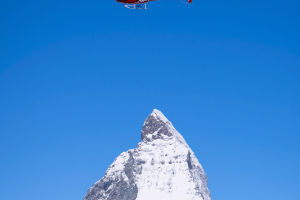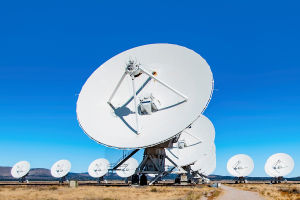Seaplanes have been a vital mode of transportation and a versatile asset in maritime operations for decades. These aircraft, designed to take off and land on water, serve various purposes that significantly impact both civilian and other activities at sea.
From enhancing accessibility to remote locations to supporting search and rescue operations, seaplanes play a crucial role in modern maritime activities.
1. Transport and Accessibility
Bridging the Gap: One of the most significant contributions of seaplanes is their ability to connect remote and isolated regions that may lack proper infrastructure. Many islands and coastal areas depend on seaplane services for transportation, allowing residents and tourists to travel easily between locations. This accessibility fosters tourism, trade, and communication, facilitating economic growth in these areas.
Passenger Services: Several companies operate scheduled seaplane flights, offering comfortable and efficient travel options for passengers. Destinations like the Bahamas, Alaska, and the South Pacific rely on seaplanes to connect tourists to stunning resorts and hidden gems, making air travel a popular choice for vacationers seeking adventure.
2. Emergency and Search Operations
Search and Rescue Missions: Seaplanes are invaluable during emergencies, particularly in search and rescue operations. Their ability to land on water makes them well-suited for locating and assisting distressed vessels or individuals lost at sea. Equipped with advanced technology, including radar and thermal imaging, seaplanes can cover vast areas quickly, increasing the chances of successful rescue missions.
Disaster Relief: In the event of natural disasters like hurricanes or floods, seaplanes can deliver supplies, personnel, and medical assistance to affected regions. Their capacity to reach areas inaccessible by traditional means ensures that critical aid reaches those in need promptly.
3. Surveillance and Research
Environmental Monitoring: Seaplanes play a significant role in environmental research and monitoring. Scientists utilize these aircraft to conduct aerial surveys of marine ecosystems, assess wildlife populations, and study climate change impacts. Their ability to cover large areas efficiently allows researchers to gather data crucial for conservation efforts.
Maritime Patrols: In law enforcement contexts, seaplanes are employed for surveillance and reconnaissance missions. They can monitor vast ocean expanses, detecting illegal fishing, smuggling, or piracy activities. Equipped with sophisticated surveillance equipment, seaplanes contribute to maritime security and the enforcement of fishing regulations.
4. Other Applications
Naval Operations: Seaplanes have historically played a vital role in naval operations. They can be launched from naval vessels, providing reconnaissance and support for naval fleets.
Transporting Troops and Supplies: Seaplanes can transport troops and essential supplies to remote locations or islands, offering strategic advantages during operations. Their ability to access areas that may be difficult for traditional aircraft or ships enhances operational flexibility.
Dear Lykkers, seaplanes are more than just aircraft that float on water; they are essential assets in various fields, including transportation, emergency response, research. Their unique capabilities allow them to bridge gaps between remote locations, enhance maritime security, and contribute to environmental monitoring. As technology advances, seaplanes will likely continue to evolve, playing an even more significant role in maritime activities and shaping the future of sea travel and operations.


